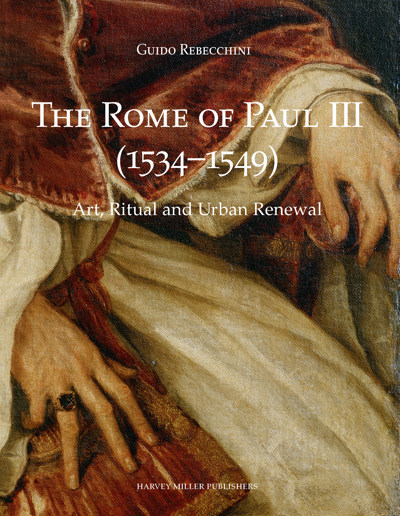
The Rome of Paul III (1534-1549)
View publication
"Pächt's lessons are as timely now as thitrty-five years ago." (P. Hills in The Burlington Magazine, cxlvii, January 2005, p. 47-48)
!Winner of the Apollo Magazine Book of the Year 2003 Award!